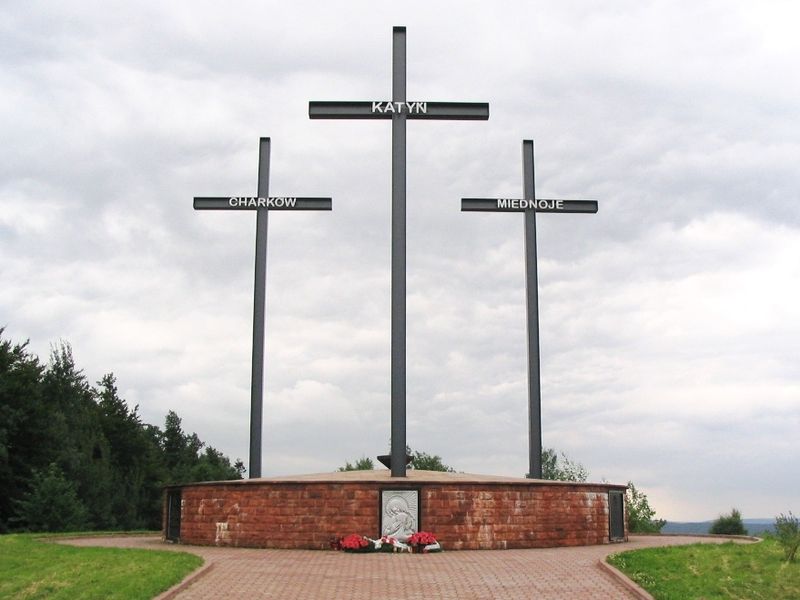These articles were written by Monika Brzozowska-Pasieka, Ph.D., 2020-2021 VOC Senior Research Fellow in Poland Studies.
The Secret Soviet Genocide of WWII
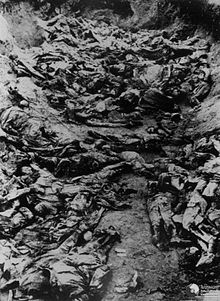
Photo from 1943 exhumation of mass grave of Polish officers killed by NKVD in Katyń Forest
In the spring of 1940, at least 21,787 Polish people (mostly the Polish intelligentsia and high-ranking Polish soldiers, officers, and officials) were murdered by the Soviets in the territory of the USSR. The Polish prisoners of war were killed with a gunshot to the back of the head. The truth about what happened was supposed to be silenced and remains unknown. These killings are known collectively as the Katyn Massacre.
Who Were the Victims of the Katyn Massacre?
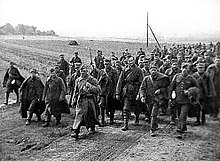
Polish POWs captured by the Red Army during the Soviet invasion of Poland
Many people don’t realize that the fist genocide of WWII took place in 1940 and is known as the Katyn Forest Massacre. Who were the victims of this crime, committed by the Soviets? The victims were the accomplished men and women of the Polish intelligentsia (and their children) and are estimated to have represented 44 different professions.
American Traces in Katyn Massacre Victims
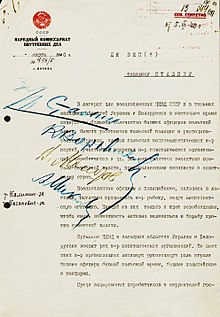
Memo from Beria to Stalin, proposing the execution of Polish officers
Among the almost twenty-two thousand victims of the Katyn Forest Massacre, a 1940 Soviet genocidal against the Poles, were people whose lives were connected to the US and even on a path to significant careers there. It is worth knowing some of the outstanding professionals whose fate took them, in some stage of their life, to America.
The Lone Female Victim of the Katyn Massacre
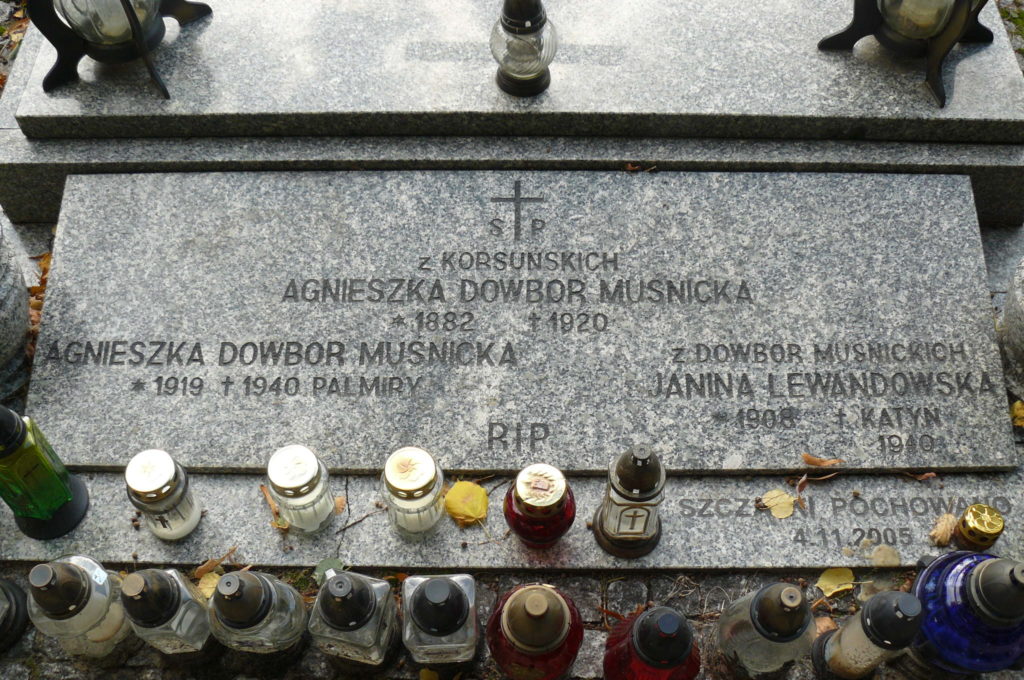
Grave of Janina Lewandowska, the only woman murdered in the Katyń Forest
In 1940 the Red Army, which attacked Poland on September 17, 1939, captured and sent to the camps many Polish soldiers who should have been treated as prisoners of war in the meaning of that term used in international treaties and conventions at that time. Soldiers classified as the most dangerous for the USSR were sent to three “special” camps in Kozelsk, Oshashov, and Starobelsk. The special camps were designated for the most dangerous anti-Soviet “elements”—meaning the Polish patriots’ high-ranking officers. Only men were in the camps, except for one woman who shared the fate of her comrades, ending up in a mass grave and fated to be forgotten like the others.
Katyn was not just a Massacre—it was a Genocide
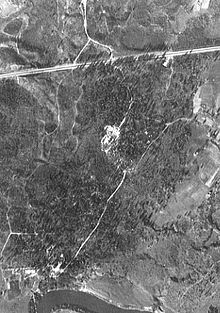
Aerial view of the Katyn massacre grave
Reading the historical description of the Katyn Forest Massacre, one cannot avoid calling this event a genocide, or at least part of a genocide of Poles. The Katyn Massacre was very well prepared. It was a Soviet crime that included the persecution and murder of Poles, the deportation of whole groups of Poles to the USSR, and the methodical confiscation, devastation, looting, and plunder of the property left behind by its victims. All later violence was not a by-product of the genocide but rather an integral part of systematic Soviet efforts to erase the Poles: not only were anti-communist leaders and members of the Polish intelligentsia murdered in Katyn, but also average Poles, including whole families—children and adolescents, adults, and elders.

